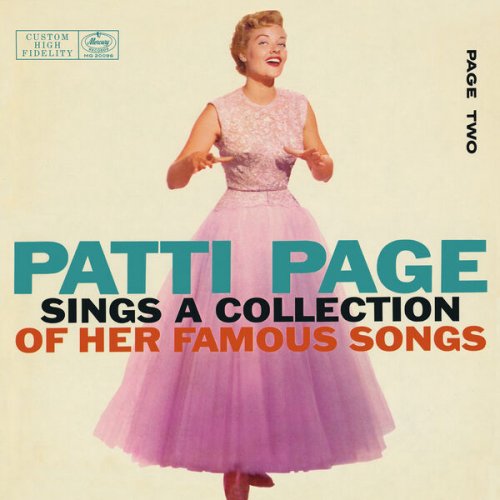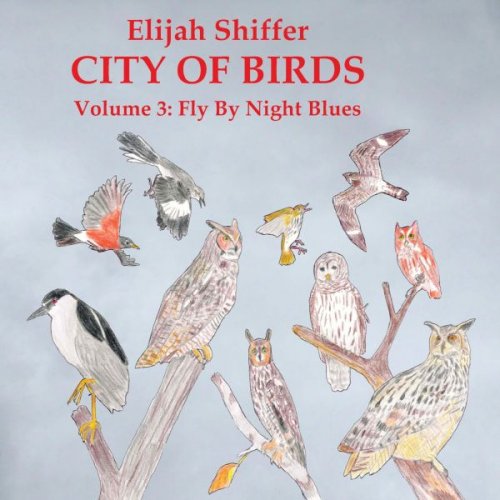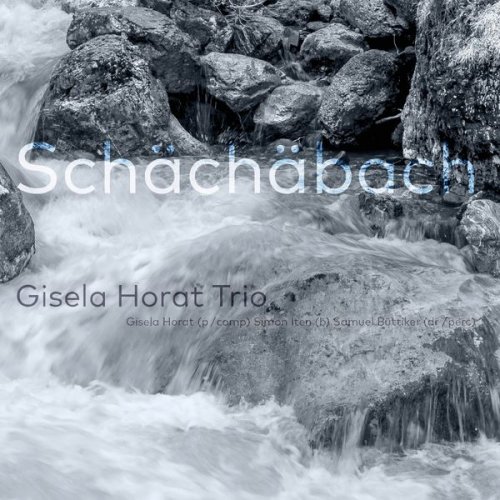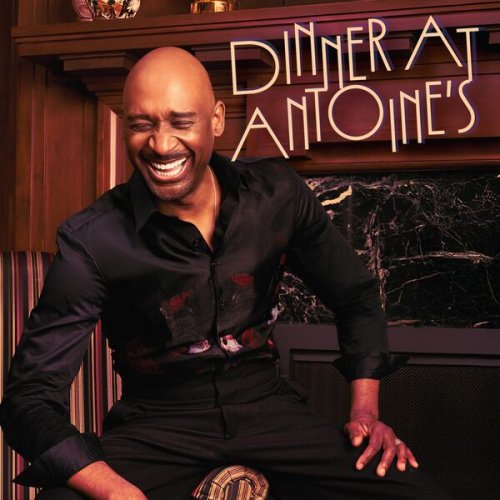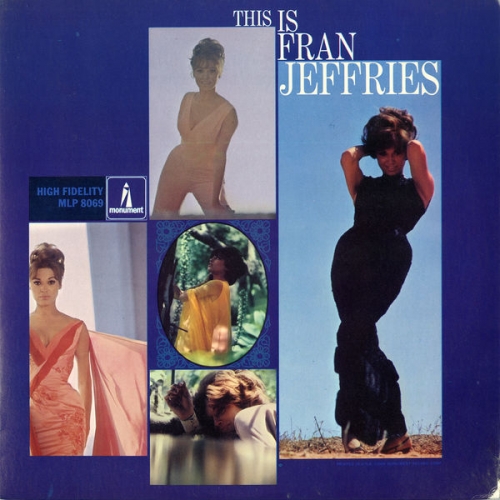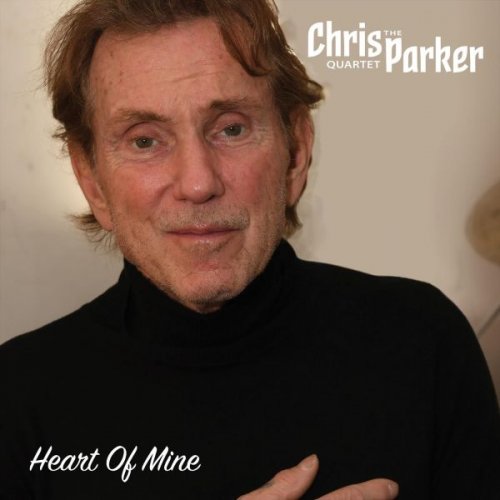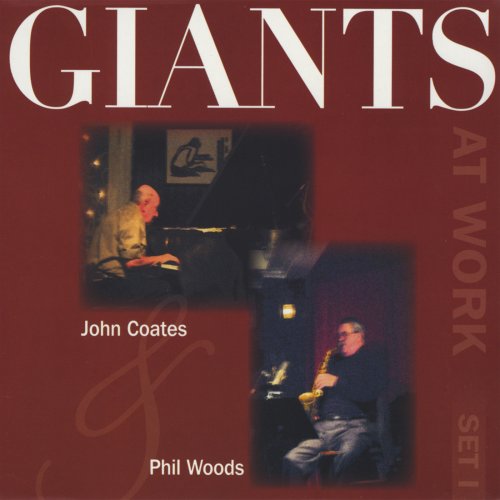Heinz Holliger, Thomas Füri. Thomas Demenga, Camerata Bern - The Early Viennese School (1983)
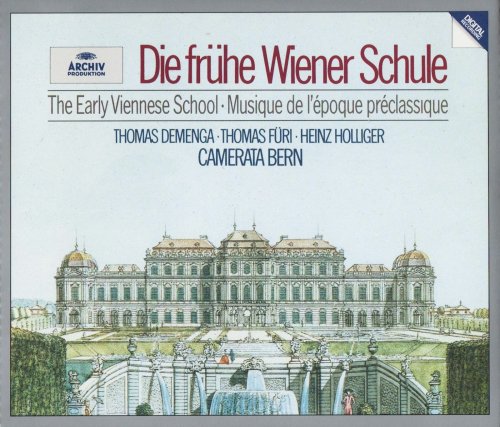
Artist: Heinz Holliger, Thomas Füri. Thomas Demenga, Camerata Bern
Title: The Early Viennese School
Year Of Release: 1983
Label: Archiv Produktion
Genre: Classical
Quality: FLAC (image+.cue,log,scans)
Total Time: 02:34:36
Total Size: 821 Mb
WebSite: Album Preview
Tracklist: Title: The Early Viennese School
Year Of Release: 1983
Label: Archiv Produktion
Genre: Classical
Quality: FLAC (image+.cue,log,scans)
Total Time: 02:34:36
Total Size: 821 Mb
WebSite: Album Preview
CD 1
Georg Matthias Monn (1717-1750):
01. Sinfonia in B major- (Allegro) [0:04:43.00]
02. Sinfonia in B major- Andante [0:04:23.00]
03. Sinfonia in B major- Presto [0:01:34.00]
Josef Starzer (1726-1787):
04. Divertimento, for 2 flutes, 5 trumpets & timpani- Allegro non troppo [0:04:52.00]
05. Divertimento, for 2 flutes, 5 trumpets & timpani- Menuetto 1 & 2 [0:02:15.00]
06. Divertimento, for 2 flutes, 5 trumpets & timpani- Larghetto [0:06:02.00]
07. Divertimento, for 2 flutes, 5 trumpets & timpani- Allegro [0:03:17.00]
Karl Ditters von Dittersdorf (1739-1799):
08. Symphony in A minor- Vivace [0:05:32.00]
09. Symphony in A minor- Larghetto [0:06:52.00]
10. Symphony in A minor- Minuetto 1 & 2 [0:03:31.00]
11. Symphony in A minor- Finale. Prestissimo [0:03:20.00]
Johann Georg Albrechtsberger (1736-1812):
12. Fugue in C major for string quartet, Op. 2-5- Andantino [0:02:53.00]
13. Fugue in C major for string quartet, Op. 2-5- Fuga- Allegro moderato [0:03:26.00]
Karl Ditters von Dittersdorf (1739-1799):
14. Oboe Concerto in G major, L. 42- Maestoso [0:05:31.00]
15. Oboe Concerto in G major, L. 42- Adagio [0:05:12.00]
16. Oboe Concerto in G major, L. 42- Allegro [0:04:19.00]
Georg Christoph Wagenseil (1715-1777):
17. Symphony in D (WV 374, D10), Op. 3-1- Allegro [0:04:06.00]
18. Symphony in D (WV 374, D10), Op. 3-1- Andante [0:04:09.00]
19. Symphony in D (WV 374, D10), Op. 3-1- Allegro assai [0:02:24.00]
CD 2
Antonio Salieri (1750-1825):
01. Concerto for violin, oboe, cello & orchestra in D- Allegro moderato [0:09:28.00]
02. Concerto for violin, oboe, cello & orchestra in D- Cantabile [0:07:52.00]
03. Concerto for violin, oboe, cello & orchestra in D- Andantino [0:08:09.00]
Georg Matthias Monn (1717-1750):
04. Concerto for violin, strings & continuo in B flat major- Allegro [0:07:48.00]
05. Concerto for violin, strings & continuo in B flat major- Largo [0:04:14.00]
06. Concerto for violin, strings & continuo in B flat major- Allegro [0:03:33.00]
Anton Zimmermann (1741 ? - 1781):
07. Sinfonia in C major- Adagio - Allegro assai [0:06:02.00]
08. Sinfonia in C major- Andante cantabile [0:06:31.00]
09. Sinfonia in C major- Finale. Allegro moderato [0:04:26.00]
Jan Krtitel Vanhal (1739-1813):
10. Sinfonia in G minor- Allegro moderato [0:04:42.00]
11. Sinfonia in G minor- Andante Cantabile [0:05:30.00]
12. Sinfonia in G minor- Menuetto [0:03:57.00]
13. Sinfonia in G minor- Finale. Allegro [0:04:03.00]
Performers:
Heinz Holliger - oboe
Thomas Füri - violin
Thomas Demenga - cello
Camerata Bern
Thomas Füri – conductor
By ''Early Viennese School'' is meant the group of composers contemporary, in the capital city of the Austro-Hungarian Empire, with Haydn and Mozart. Not all of it is particularly early; indeed Albrechtsberger, Vanhal and Salieri lived well into the nineteenth century. And it is arguable whether the Viennese of this period really represent a 'school' in the sense that the Mannheimers, or even the North Germans, clearly do; Vienna was a great musical clearing-house, wide open to influences (French and especially Italian opera were much performed there all through this period), and it is perhaps better to regard Viennese composition of the time as representing a wide spectrum of dialect within the late eighteenth-century lingua franca.
I am, however, grateful for this set of records and especially for the valuable context it supplies for the great music of the three master classicists. And, furthermore, much of the music itself is highly attractive and interesting. I enjoyed perhaps most of all the pieces by Monn (a composer Schoenberg esteemed, incidentally). His B major Symphony here is still very baroque-sounding, with its antiphony and its use of motif, but strong, sturdy music in its first movement which has real energy; there is a pleasantly galant Andante (the performance is too dry to make much of its latent sentiment) and a lively finale with some use of pizzicato which seems a long way ahead of its time. His violin concerto too makes agreeable listening, though the old-fashioned sequences and note-spinning patterns of its first movement make it seem, despite its shapeliness and logic, a little out of place when one is thinking about contemporaries of Haydn and Mozart (Monn in fact died in 1750, aged 33). Thomas Furi does well in the expressive lines of the Largo.
The other senior composer represented here is G. C. Wagenseil (1715-77), whose Symphony in D is fairly slight piece but not without some life in its first movement, and its typically Viennese full and interesting textures, and charm in its second. Another symphonist here is the most prolific of all the Viennese (including Haydn): Dittersdorf. His A minor work has a first movement of considerable fire and pathos of expression, though its moods are not really maintained; the rest of the work is in major keys, with a cello solo of some eloquence in the slow movement, a trio of a distinctly rustic character and a finale with considerable sense of fun. Perhaps in looking for sustained passion one is imposing a romantic aesthetic, but to twentieth-century ears there is some sense of let-down. Dittersdorf's oboe concerto is a more conventional piece, played here with predictable polish and finesse by Heinz Holliger and indeed with brilliance in the finale. I would however question—while not questioning his musicianship—the aptness of his tone for music of this period; the sound of a period oboe is quite different and ifts better with the idiom—though one can rarely hear a period oboe played with such skill, let alone artistry.
The Vanhal symphony, like the Dittersdorf, is classifiable as a Sturm und Drang work—another minor-key piece, and much better sustained; the slow movement is an amiable violin/viola duet, but otherwise the sense of urgency is impressively held in this fine symphony (which Robbins Landon brought to light many years ago), and well realized in this performance, except possibly in the rather tame reading of the minuet. The work by Zimmermann, of whose music I have never heard a note before, is also of considerable interest: he lived from about 1741 to 1781 and held a post in Pressburg (now Bratislava). The symphony here, which was for a time attributed to Haydn—implausibly on grounds of style, somewhat less so on grounds of quality alone—shows a good deal of originality in its handling of material, with perhaps a touch of selfconsciousness of technique.
For the rest, Starzer, who is best remembered as a ballet composer, provides a divertimento of much grace and easy, idiomatic invention, pleasant music to listen to; and Albrechtsberger (who was one of Beethoven's teachers) contributes a warmly felt Andantino and a serious, academic fugue that does everything a well-behaved fugue of the post-Bach era (i.e. when the form was essentially archaic) ought to do. Then there is Salieri's triple concerto, which is a curious work, a very leisurely piece—solos and accompaniment rather than what we think of as a true concerto—with little momentum and much mechanical figuration; there is some expressive writing in the slow movement (though it is taken rather slowly here for music so slender), and if the final Andantino draws some nicely shaded violin playing there are nevertheless some platitudinous things in it.
Altogether, in spite of the criticisms of the music itself—of course, one can judge it only by the stratospheric standards laid down for posterity by Haydn and Mozart—this is a very fascinating set. Apart from the minor reservations entered above, I have nothing but commendation for the performances, though I am bound to add that I think all these works (like all but first-rank music) would have sounded a great deal better on period instruments and would have benefited from the constraints they impose. Still, these records, which have a bright and lifelike sound and agreeably prominent wind instruments, will give a good deal of pleasure, and are highly instructive to anyone who wants to know about the soil in which the masterpieces of the Viennese Classical School grew.
I am, however, grateful for this set of records and especially for the valuable context it supplies for the great music of the three master classicists. And, furthermore, much of the music itself is highly attractive and interesting. I enjoyed perhaps most of all the pieces by Monn (a composer Schoenberg esteemed, incidentally). His B major Symphony here is still very baroque-sounding, with its antiphony and its use of motif, but strong, sturdy music in its first movement which has real energy; there is a pleasantly galant Andante (the performance is too dry to make much of its latent sentiment) and a lively finale with some use of pizzicato which seems a long way ahead of its time. His violin concerto too makes agreeable listening, though the old-fashioned sequences and note-spinning patterns of its first movement make it seem, despite its shapeliness and logic, a little out of place when one is thinking about contemporaries of Haydn and Mozart (Monn in fact died in 1750, aged 33). Thomas Furi does well in the expressive lines of the Largo.
The other senior composer represented here is G. C. Wagenseil (1715-77), whose Symphony in D is fairly slight piece but not without some life in its first movement, and its typically Viennese full and interesting textures, and charm in its second. Another symphonist here is the most prolific of all the Viennese (including Haydn): Dittersdorf. His A minor work has a first movement of considerable fire and pathos of expression, though its moods are not really maintained; the rest of the work is in major keys, with a cello solo of some eloquence in the slow movement, a trio of a distinctly rustic character and a finale with considerable sense of fun. Perhaps in looking for sustained passion one is imposing a romantic aesthetic, but to twentieth-century ears there is some sense of let-down. Dittersdorf's oboe concerto is a more conventional piece, played here with predictable polish and finesse by Heinz Holliger and indeed with brilliance in the finale. I would however question—while not questioning his musicianship—the aptness of his tone for music of this period; the sound of a period oboe is quite different and ifts better with the idiom—though one can rarely hear a period oboe played with such skill, let alone artistry.
The Vanhal symphony, like the Dittersdorf, is classifiable as a Sturm und Drang work—another minor-key piece, and much better sustained; the slow movement is an amiable violin/viola duet, but otherwise the sense of urgency is impressively held in this fine symphony (which Robbins Landon brought to light many years ago), and well realized in this performance, except possibly in the rather tame reading of the minuet. The work by Zimmermann, of whose music I have never heard a note before, is also of considerable interest: he lived from about 1741 to 1781 and held a post in Pressburg (now Bratislava). The symphony here, which was for a time attributed to Haydn—implausibly on grounds of style, somewhat less so on grounds of quality alone—shows a good deal of originality in its handling of material, with perhaps a touch of selfconsciousness of technique.
For the rest, Starzer, who is best remembered as a ballet composer, provides a divertimento of much grace and easy, idiomatic invention, pleasant music to listen to; and Albrechtsberger (who was one of Beethoven's teachers) contributes a warmly felt Andantino and a serious, academic fugue that does everything a well-behaved fugue of the post-Bach era (i.e. when the form was essentially archaic) ought to do. Then there is Salieri's triple concerto, which is a curious work, a very leisurely piece—solos and accompaniment rather than what we think of as a true concerto—with little momentum and much mechanical figuration; there is some expressive writing in the slow movement (though it is taken rather slowly here for music so slender), and if the final Andantino draws some nicely shaded violin playing there are nevertheless some platitudinous things in it.
Altogether, in spite of the criticisms of the music itself—of course, one can judge it only by the stratospheric standards laid down for posterity by Haydn and Mozart—this is a very fascinating set. Apart from the minor reservations entered above, I have nothing but commendation for the performances, though I am bound to add that I think all these works (like all but first-rank music) would have sounded a great deal better on period instruments and would have benefited from the constraints they impose. Still, these records, which have a bright and lifelike sound and agreeably prominent wind instruments, will give a good deal of pleasure, and are highly instructive to anyone who wants to know about the soil in which the masterpieces of the Viennese Classical School grew.
